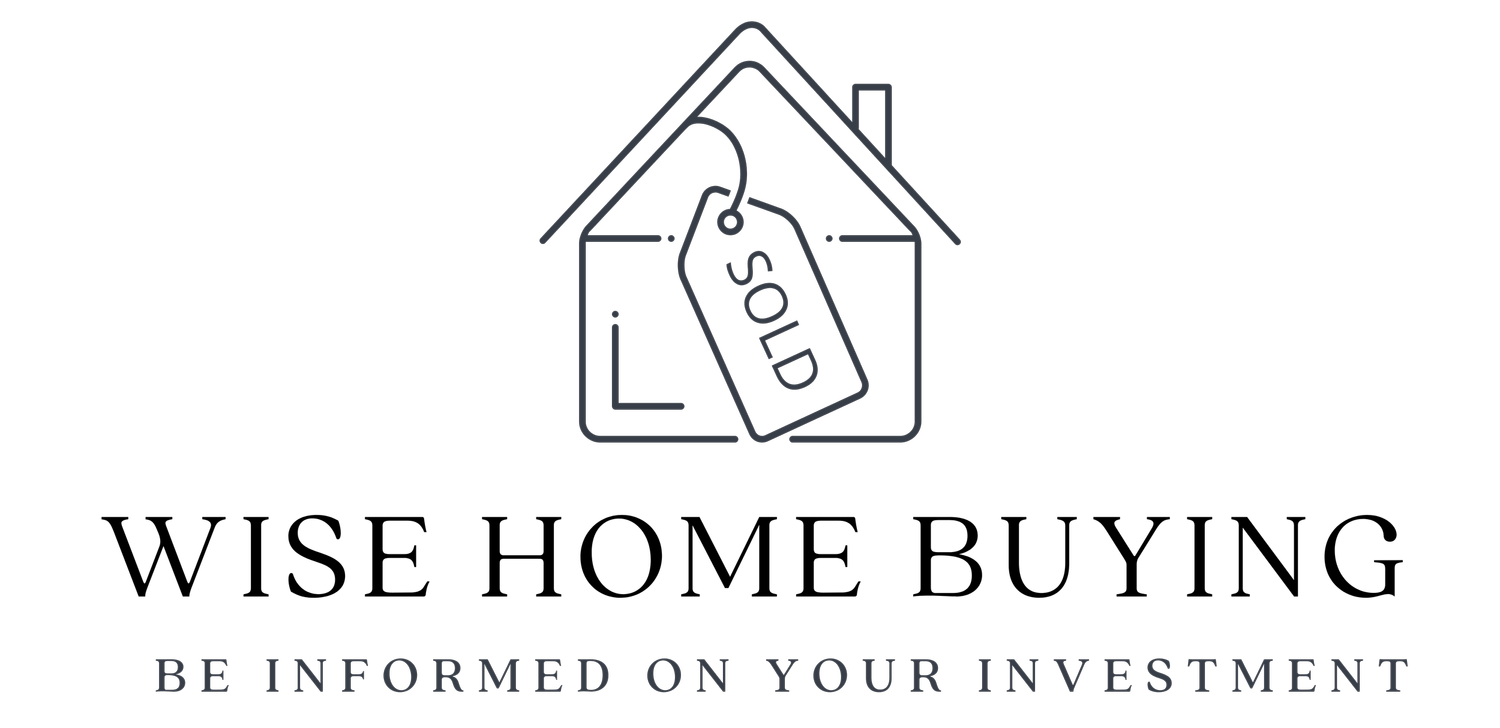Mortgage Insurance Vs. Mortgage Protection
Mortgage Insurance Vs. Mortgage Protection
Because of the slight nuance, many first-time homebuyers do not know the difference between mortgage insurance and mortgage protection. The terms sound like they have the same purpose and coverage, but they are very different. Although a good real estate agent should discuss these coverage options with a buyer, many don’t. If you haven’t already learned about these terms, read on for a detailed explanation!
Mortgage Insurance
So, let's talk about mortgage insurance first. Amy Loftsgordon who wrote the article "What's the Difference Between PMI and Mortgage Protection Insurance?", stated that "PMI [Private Mortgage Insurance] will reimburse the mortgage lender if the homebuyer default on their loan and the house is not worth enough to repay the debt in full through a foreclosure sale." In simple terms, PMI protects the lender if the mortgage payments stop. A lender would require the homebuyer or borrower to pay Private Mortgage Insurance if they pay less than 20% down when closing on the house. PMI is not permanent and can be removed once the homebuyer continues to make payments and only owes 80% of the home’s value.
Barclay Palmer states on Investopedia that homebuyers could avoid paying PMI if their down payment is large enough to equal or exceed 20% of the home's original purchase price. Buyers can also prevent PMI by taking out two loans; a smaller loan that would act as the down payment plus a second loan to cover the main mortgage. Although the borrower is then committed to two loans, the "PMI is not required since the funds from the second loan are used to pay the 20% deposit and the borrowers can deduct the interest on both loans on their federal tax returns if they itemize their deductions."
Mortgage Protection
Unlike mortgage insurance to protect a lender, a mortgage protection plan protects the homebuyer or borrower. Nerdwallet explains that when the homeowner dies or is permanently disabled, the family can keep their house while the mortgage protection plan pays off the mortgage balance. Although this coverage is designed to protect the homeowner, it does benefit the lender also. Lenders could be out a lot of money if the family defaults on a mortgage due to a death or disability, so the lender benefits from mortgage protection because the loan balance is paid directly to them if a tragedy would occur. This policy acts much like standard life insurance, but it is designed to pay directly on the mortgage of a home, unlike other policies which allow the beneficiary to determine how the finances are allocated.
Mortgage protection policies are completely optional and are up to the discretion of the homeowner. "Mortgage Protection Insurance: When You Might Need It" suggests that mortgage protection provides a layer of safety to a family in the event of the death of a breadwinner. This kind of policy is especially beneficial for those that might not qualify for traditional life insurance or who might have very high rates. Mortgage protection is typically a guaranteed acceptance policy. Guaranteed acceptance means that nobody will be turned away regardless of medical history or age. Although this kind of coverage is not necessary, it can offer significant peace of mind if a tragedy strikes a family.
It is very important to discuss this coverage option with your real estate agent, insurance provider, and financial advisor before purchasing the coverage. Depending on other existing policies, coverage premiums, and the size of your investment, there may be alternative options that better suit your needs.


